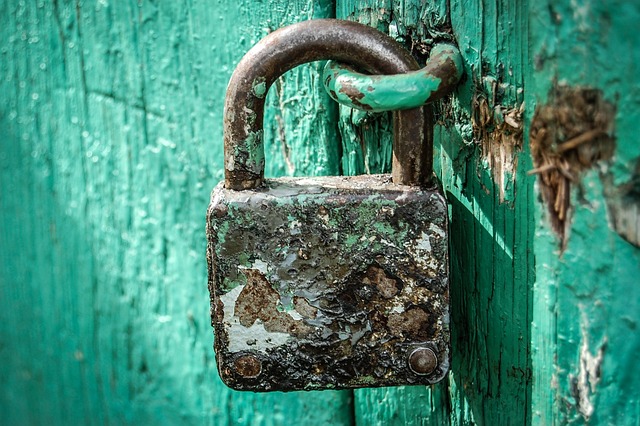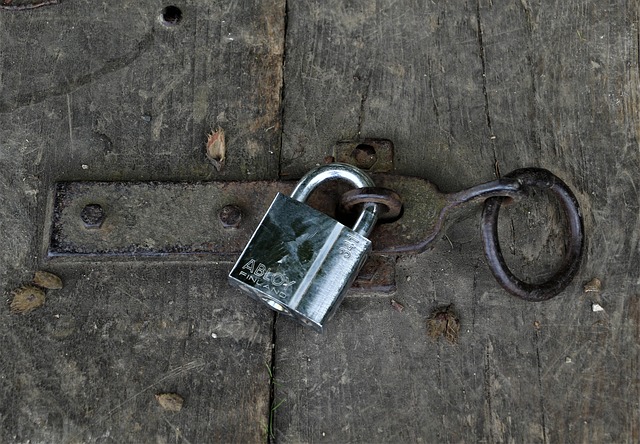Motion sensors for renters are an affordable, easy-to-install smart security solution. These devices detect unusual movement in entryways, windows, or common areas, providing peace of mind and acting as a deterrent against intruders. DIY methods like smart lighting systems and surveillance cameras can further enhance rental property security while maintaining flexibility for future moves. However, tenants must consider legal and safety aspects, respect privacy rights, and obtain landlord consent before installing any devices.
“Enhance your rental home’s security without breaking the bank with our guide to affordable solutions. Understanding the unique security needs of your rental property is crucial, especially as tenants often face limited options. Discover the power of motion sensors—a cost-effective, cutting-edge approach to tenant security. Explore creative DIY measures tailored for budget-conscious individuals. Learn about legal and safety considerations when implementing security systems yourself. Embrace innovative, budget-friendly strategies for a safer living space.”
- Understanding Your Rental Property's Security Needs
- The Power of Motion Sensors: A Cost-Effective Solution for Tenants
- Creative DIY Home Security Measures on a Budget
- Legal and Safety Considerations for Tenant-Implemented Security Systems
Understanding Your Rental Property's Security Needs

When it comes to securing your rental property, understanding its specific needs is the first step. Unlike homeowners, tenants often have unique security challenges due to the nature of their living arrangements. For example, many rentals share common areas and have limited access control. This is where implementing smart security solutions can make a significant difference.
One effective tool for renters is motion sensors. These devices are relatively affordable and offer peace of mind by detecting any unusual movement inside or around your property. Motion sensors can be easily installed in entryways, windows, or common areas to alert you of potential intrusions. With the rise of smart home technology, many sensors now integrate seamlessly with mobile apps, allowing you to monitor your rental’s security from anywhere.
The Power of Motion Sensors: A Cost-Effective Solution for Tenants

Motion sensors are a powerful and cost-effective solution for tenants looking to enhance their home security without breaking the bank. These devices, often installed on doors, windows, or walls, detect movement within a defined area, triggering alarms that can deter potential intruders. For renters, the benefits are clear: they provide an extra layer of protection, giving peace of mind and ensuring valuables are safe from theft or vandalism.
Compared to traditional security systems, motion sensors offer significant advantages in terms of accessibility and affordability. They require no complex wiring or professional installation, making them easy to set up and integrate into any rental property. This DIY approach not only saves costs but also empowers tenants to take control of their security, providing a customized solution tailored to their specific needs and budget.
Creative DIY Home Security Measures on a Budget

Many tenants looking to enhance their home security on a budget turn to creative DIY solutions. One popular choice is installing motion sensors, which are highly effective and relatively inexpensive. These devices can detect movement within a specific range and trigger alarms or alerts, deterring potential intruders. You can strategically place them at entry points like doors and windows, as well as in areas where valuable items are kept, providing peace of mind without breaking the bank.
DIY security measures also include simple yet clever tricks like using smart lighting systems that automatically turn on when motion is detected, creating the illusion of occupancy. Additionally, securing your rental property with affordable surveillance cameras, either wired or wireless, can act as a powerful deterrent and provide video evidence in case of any security breaches. These budget-friendly options empower tenants to take control of their safety while maintaining flexibility for future moves.
Legal and Safety Considerations for Tenant-Implemented Security Systems

When tenants implement their own home security systems, it’s crucial to understand legal and safety considerations. While DIY solutions like motion sensors for renters can offer basic protection, they must adhere to local laws regarding privacy and security. Tenants should ensure that any system they choose respects the rights of both themselves and their neighbors, avoiding any potential disputes or legal issues.
For instance, using motion sensors in common areas or without explicit consent from roommates could be seen as a breach of privacy. It’s essential to understand the terms of your rental agreement and consult with landlords before installing any security devices. Additionally, tenants should consider systems that offer clear visual identification to deter potential intruders while adhering to legal guidelines on surveillance and data collection.
Tenants can enhance their home security without breaking the bank by leveraging cost-effective solutions like motion sensors for renters. By understanding their rental property’s unique security needs and exploring creative DIY measures, individuals can take control of their safety on a budget. While legal and safety considerations must be kept in mind, these affordable home security solutions empower tenants to create a secure living environment without significant investment.
